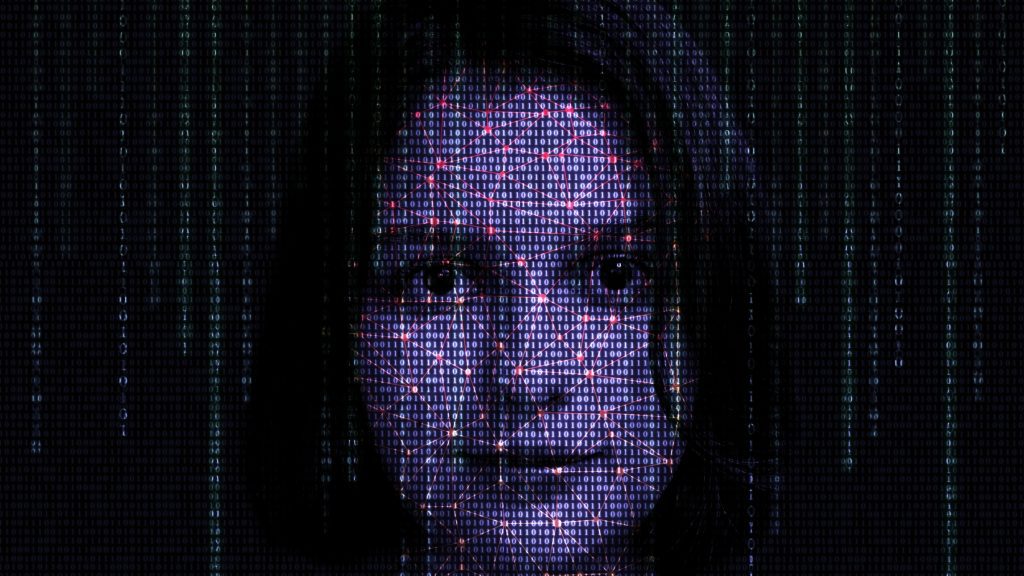
The Dimensions in Testimony project employs VR, AI, and 3D displays to ensure that Holocaust survivors’ harrowing stories remain vivid and impactful for generations to come.
- The interactive nature of the exhibit fosters deep connections and empathy.
- The project captures the essence of survivors’ experiences, compiling responses that allow access to the full spectrum of emotions, insights, and perspectives.
The Dimensions in Testimony (DIT) project employs VR, AI, and 3D displays to ensure that the harrowing stories of Holocaust survivors do not disappear as opportunities for direct interaction with living survivors diminish.
DIT, led by the University of Southern California (USC) Shoah Foundation, is a three-dimensional interactive exhibit that relies on pre-recorded video images of Holocaust survivor Marguerite Quddus, allowing attendees to engage in conversations with her image. Quddus sits face-to-face with visitors in the exhibit and her recorded image responds to questions in real time, enabling a dynamic and empathetic interaction.
Utilizing 3D video technology and a meticulously curated collection of over 700 questions, DIT brings Quddus’ personal experiences to life, allowing attendees to engage with her story and pose inquiries about her life before, during, and after the Holocaust.
This project not only bridges the gap between the past and the present but also addresses the critical gaps in Holocaust awareness and education. Despite global efforts to remember and commemorate the Holocaust, studies reveal significant gaps in public knowledge, particularly among younger generations. Its interactive nature also fosters a deep connection and empathy, transforming the learning experience into a personal and impactful encounter.
Besides, the Dimension in Testimonies project showcases AI’s power in historical preservation. The foundation’s efforts to create holographic-like recordings of Holocaust survivors have transcended skepticism to garner the support of survivors themselves. So, while some initially raised concerns about the project potentially trivializing the Holocaust, the survivors, and their stories, the survivors themselves enthusiastically embraced the idea, recognizing its potential to counteract the fading memories of history’s darkest moments.
The project also captures the essence of the survivors’ experiences. The compiled extensive responses ensure that future generations can access the full spectrum of survivors’ emotions, insights, and perspectives. The aim is to foster a deeper understanding of human resilience and the atrocities of the past, cultivating a commitment to justice, empathy, and tolerance among young minds.
The project’s significance is undeniable, especially within Quebec, where Holocaust education remains a concern due to a lack of detailed curriculum on the Second World War. By engaging students and adults in a meaningful, interactive dialogue with survivors, the exhibit transcends traditional pedagogical approaches, inviting visitors to actively participate in the learning process.
This technological endeavor ensures that Marguerite Quddus’ voice and stories, as well as those of countless other survivors, will continue to resonate in years to come.
Inside Telecom provides you with an extensive list of content covering all aspects of the tech industry. Keep an eye on our Intelligent Tech sections to stay informed and up-to-date with our daily articles.